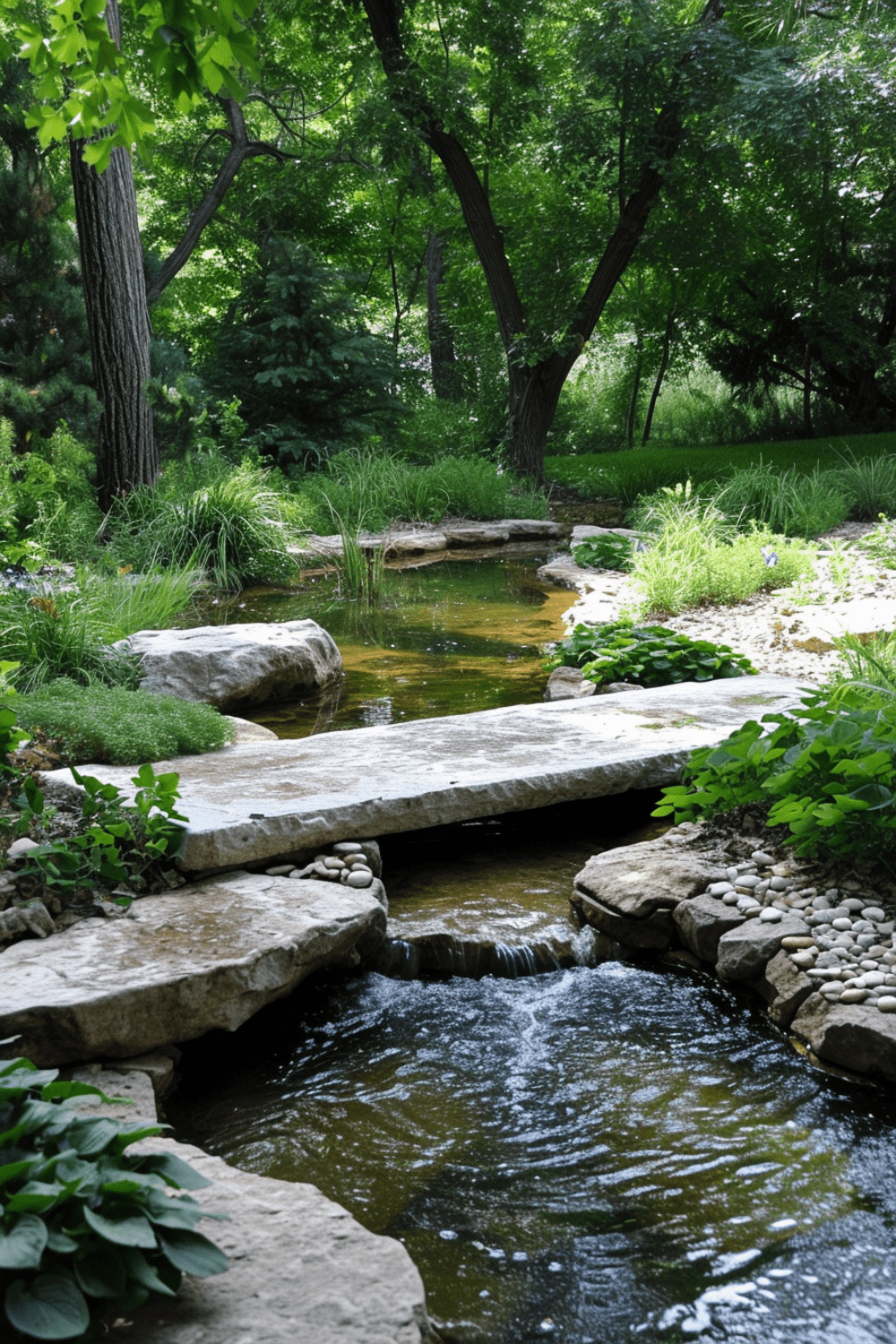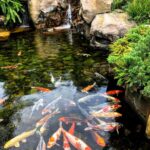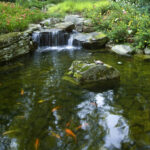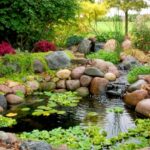Pond design is an important aspect of creating a beautiful and functional outdoor space. Whether you are planning to install a small decorative pond in your backyard or a large natural pond on your property, careful consideration should be given to the design elements that will make your pond a successful and visually appealing feature.
One of the first considerations in pond design is the size and shape of the pond. The size of the pond will depend on the available space in your outdoor area and the intended purpose of the pond. Small decorative ponds can add a charming touch to a garden or patio, while larger natural ponds can provide habitat for wildlife and recreational opportunities such as fishing or swimming. The shape of the pond should complement the surrounding landscape and create a pleasing visual focal point.
Another important aspect of pond design is the location of the pond within your outdoor space. Consider placing the pond where it will receive the right amount of sunlight for the plants and animals that will inhabit the pond. Avoid placing the pond in low-lying areas where runoff and debris could collect, or near trees that could drop leaves or branches into the water. Additionally, consider the views from your home or other outdoor spaces when deciding on the location of the pond.
The design of the pond should also include considerations for filtration and circulation systems. Proper filtration is essential for maintaining a healthy balance of nutrients and preventing algae growth in the pond. Circulation systems, such as pumps and aerators, can help keep the water oxygenated and prevent stagnation. These systems should be chosen based on the size and depth of the pond, as well as the types of plants and animals that will inhabit the pond.
Adding plants and other decorative elements to the pond can enhance its beauty and create a more natural environment. Consider planting a variety of water plants, such as lilies, iris, and cattails, to provide habitat for fish and other wildlife. Rocks, driftwood, and other natural materials can be used to create interesting focal points and provide shelter for animals. Lighting can also be incorporated into the pond design to create a stunning nighttime display.
Finally, consider incorporating seating areas, walkways, and other features around the pond to enhance its accessibility and enjoyment. A well-designed pond should be an inviting space where you can relax and enjoy the sights and sounds of nature. By carefully considering the size, shape, location, filtration and circulation systems, plantings, and additional features, you can create a pond that is both beautiful and functional in your outdoor space.
















